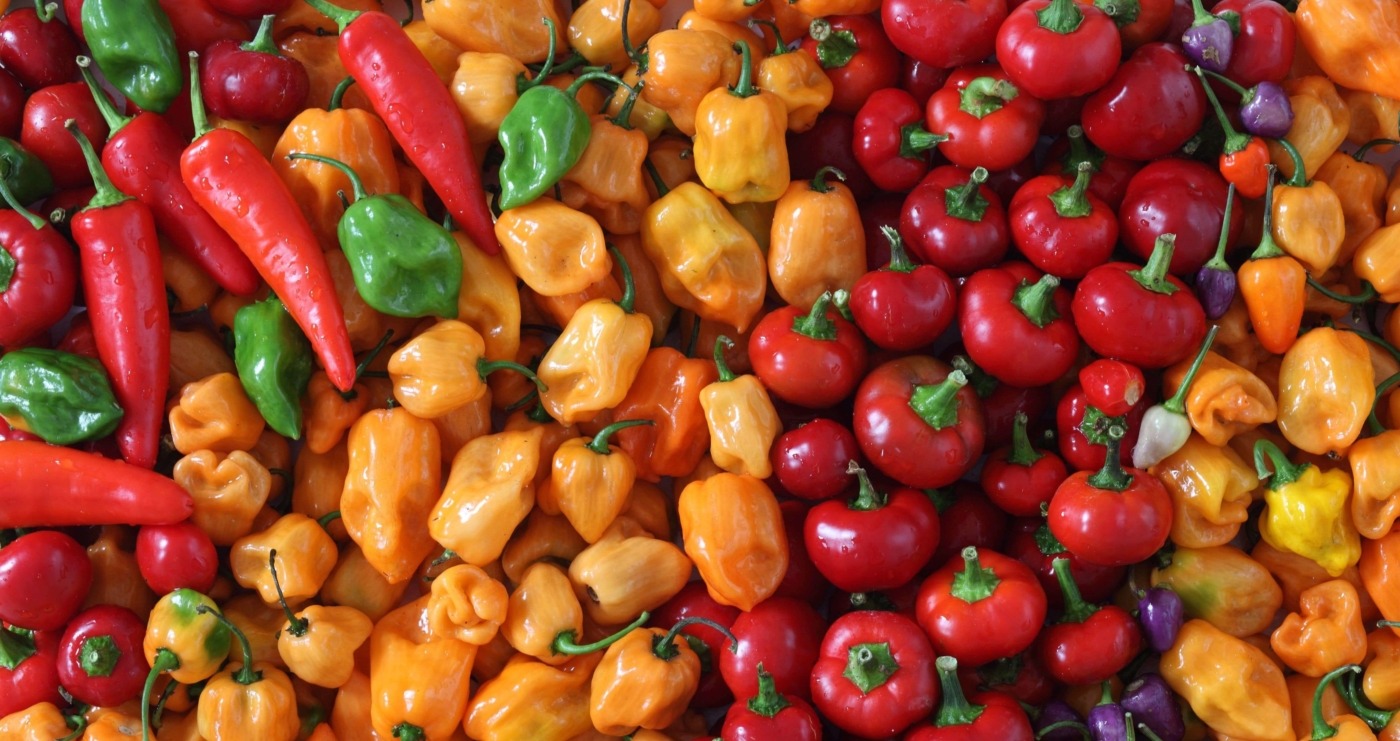The joys of a colourful diet
A new survey has found that the nation’s plates are increasingly full of colour – here’s a look at the main findings, and a little story of my transition from beige to a rainbow of foods.
According to Birds Eye, the nation’s diets are nice and colourful. The average British plate is made up of 25% green foods, 14% red and 13% brown (a separate colour from beige, which only rocks in at 9%). Black and purple are the least represented food colours at 3%, although there is also an ‘other’ category which comprises 8% of our meals (including things like salmon and blueberries). Having a mix of colours is good, as half the respondents think a mixed plate looks more appetising.
For years, we’ve been bombarded with messages about eating our ‘five a day’, and that appears to have worked its way into the nation’s psyche
Interestingly, certain colours come with particular connotations. We’re always told to eat our greens because they’re good for us, with the polls revealing that 80% of adults associate the colour with healthiness. The same is also true of bright vibrant colours, such as red, orange and yellow, and just over a quarter of men (27%) view white, black or brown foods as healthy too. Orange isn’t always good, though, as one in 20 people steer clear of anything that colour – and that figure rises to one in five when the food is purple. Even if it’s not healthy, 15% of people still think that having food of certain colour is beneficial to their overall mood.
For years, we’ve been bombarded with messages about eating our ‘five a day’, and that appears to have worked its way into the nation’s psyche – 45% of adults say they make a conscious effort to eat more green foods, although three in 10 think they’re still struggling to eat enough. The key to this research is, of course, that you need a balanced diet to ensure that you get all of the necessary vitamins and nutrients to remain healthy. Greens may pack a lot of good stuff, but you can’t survive on one colour alone.
As I saw it, if you found something that you like to eat, why branch out and try new things?
Given that we’re in an obesity crisis, I expected the beige total to be a lot higher, and was very pleasantly surprised. I know the pains of a beige diet – I used to be the stereotypical fussy eater, and it was often joked that my plates looked like different shades of brown. As I saw it, if you found something that you like to eat, why branch out and try new things? I didn’t want to risk being disappointed when I knew my favourite foods were good. Now, in the interests of fairness, I should stress that I ate a lot of fruit as well (and still do), but fruit had its faults – I like berries, for example, but they cost so much. I’ve always been somewhat fiscally prudent, and it was hard to justify spending lots on what was essentially fuel.
So, what changed? Two things – firstly, I worked in the food business (as a cook, a waiter, a pizza maker), and you get a sense of just how boring all monochromatic food is. Taste is important, yes, but so is the presentation of a meal – you wouldn’t want to eat something that looks horrible, would you? And when you know how good food can look, it’s hard to feel satisfied having oven-fried beige every day.
On a student budget, it can be easy to survive on a diet of pasta and Pot Noodle, but it’s no life
Equally as importantly, I had a year abroad and went off to France. What I learned very quickly is that the food is both better quality and a lot cheaper, and so I felt inclined to experiment. In a culture that prides itself more on food, it would have been a shame not to indulge. And, the more I did, the less appealing my boring diet back home grew to be.
On a student budget, it can be easy to survive on a diet of pasta and Pot Noodle, but it’s no life – with a bit of meal-planning, you can just as easily enjoy a balanced and colourful diet, full of meals you actually want to eat, and you’ll feel a lot better for it.

Comments